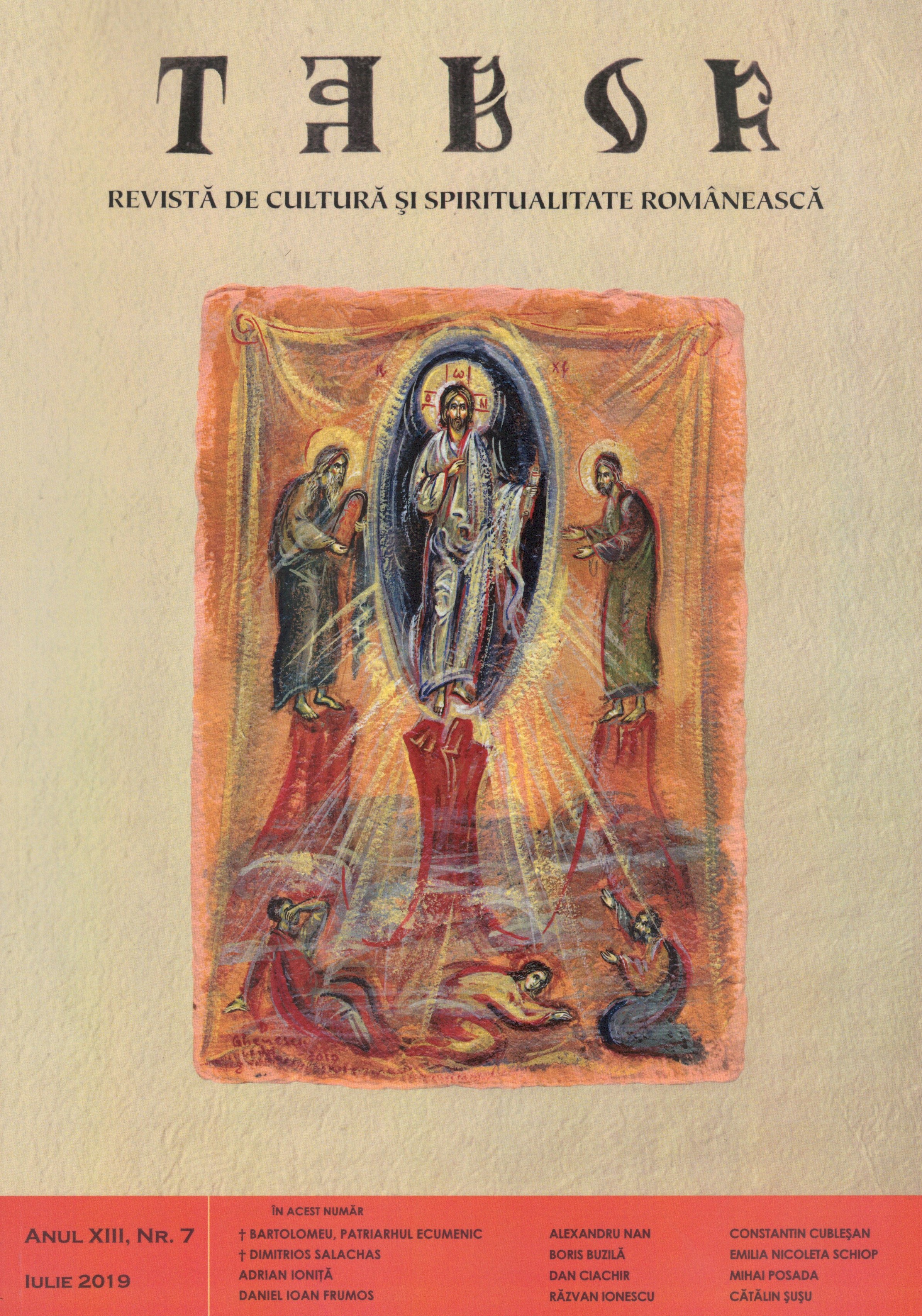Criteriile privitoare la ecumenicitatea unui sinod în practica primelor secole
Criteria for an ecumenical council during the first centuries
Author(s): Dimitrios SalachasSubject(s): History of Church(es), Eastern Orthodoxy
Published by: Renaşterea Cluj
Keywords: Ecumenical Council; Tradition, Ecumenism; Nicaea; Rome;
Summary/Abstract: No ecumenical council has formally imposed legal norms on the requirements and criteria for the ecumenicity of a council. The ecumenicity of the first synods, united in the full communion of the Churches of the East and West, was a fact of consciousness of the Church, manifested in the spirit of the divine care. Bishops and Christians, influenced by the Holy Spirit, responded to the need to profess and defend the Orthodox faith against various heresies and save the tradition that came from the Holy Apostles through the Church Fathers. In the historical context of the iconoclast problem addressed by the 7th Ecumenical Council of Nicaea (787), for the first time, even in a minor way, questions arose regarding criteria for the ecumenicity of an ecumenical council. For an ecumenical council to be regarded as such, the Fathers of the Council of Nicaea considered it was necessary to have the participation of the Pope of Rome and the four Eastern Patriarchs, or at least their delegates; moreover, it had to confess a theology in accord with the precedent set at the previous ecumenical synods; and, finally, its decisions had to be received by the Churches of the Christian world.
Journal: TABOR. Revistă de cultură şi spiritualitate românească
- Issue Year: XIII/2019
- Issue No: 07
- Page Range: 11-29
- Page Count: 19
- Language: Romanian
- Content File-PDF

